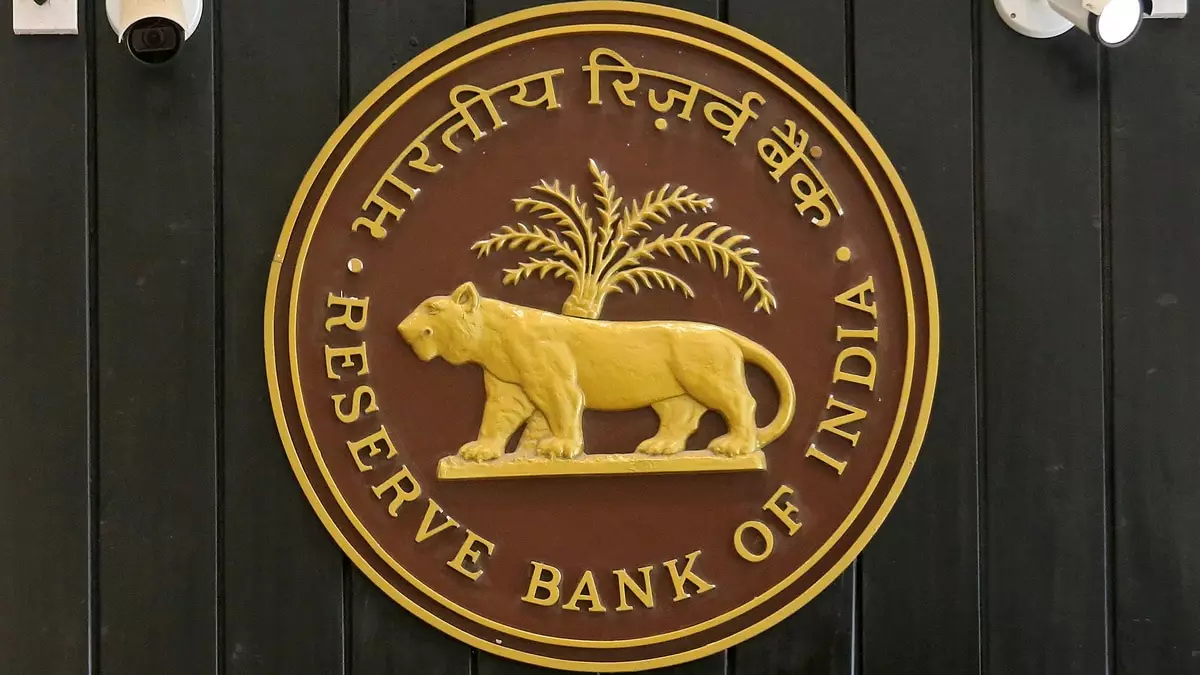The digital Rupee, known as eRupee, has been undergoing advanced trials conducted by 16 national banks in India. According to RBI Governor Shaktikanta Das, the eRupee has already attracted five million users during its pilot phase. This indicates a significant level of interest and potential for adoption among the Indian population.
Caution and Thorough Investigation
Governor Das emphasized the importance of not rushing the deployment of the CBDC across the national financial systems. He highlighted the need for thorough investigation and careful consideration before implementing the eRupee on a larger scale. This cautious approach suggests a responsible attitude towards the potential implications of introducing a central bank digital currency.
Programmability and Financial Inclusion
One of the key features of the eRupee highlighted by Governor Das is its programmability. This feature could play a crucial role in promoting financial inclusion in India, particularly for tenant farmers who face challenges in accessing agricultural credit. By programming the end use of funds, the eRupee can provide a secure and transparent way for banks to identify farmers and disburse funds for specific purposes.
In addition to programmability, the eRupee is set to introduce other features such as anonymity in transactions and offline operation capabilities. These enhancements aim to make the CBDC more versatile and user-friendly in various scenarios. Governor Das’s speech, outlining these upcoming features, has been shared within India’s fintech community, indicating a level of transparency and engagement in the development of the eRupee.
Comparison to Cryptocurrencies
While the RBI maintains a cautious stance on cryptocurrencies, it sees the eRupee as a promising alternative for payment systems. The similarities between CBDCs and cryptocurrencies, such as blockchain technology, are acknowledged, but the control and oversight by central banks set CBDCs apart. This distinction reflects a balance between innovation and regulation in the evolving landscape of digital currencies.
The use of CBDCs like the eRupee, eCNY, and eNaira can bring greater transparency to financial systems. Transactions recorded on blockchain networks are permanent and immutable, enhancing accountability and reducing the risk of fraud. Central banks can leverage this technology to modernize payment systems and reduce reliance on traditional paper currencies.
The progress of India’s eRupee CBDC trials demonstrates the potential of digital currencies to revolutionize financial services. With careful planning, innovative features, and a focus on inclusivity, the eRupee could pave the way for a more efficient and transparent payment ecosystem in India.


Leave a Reply